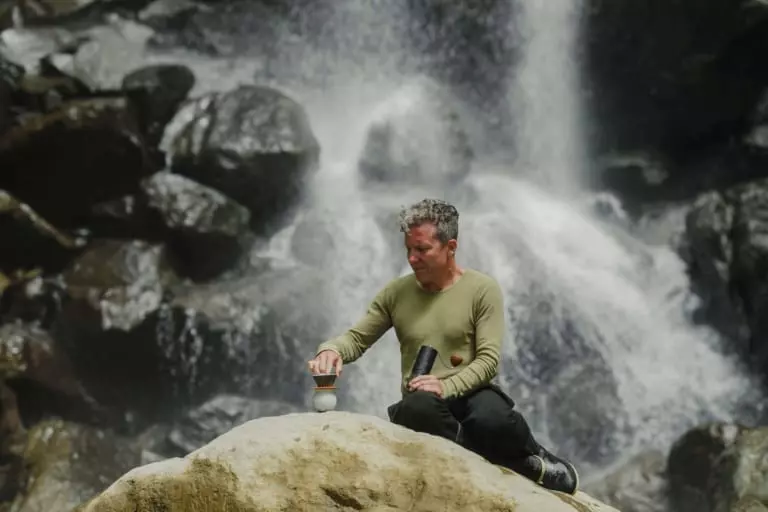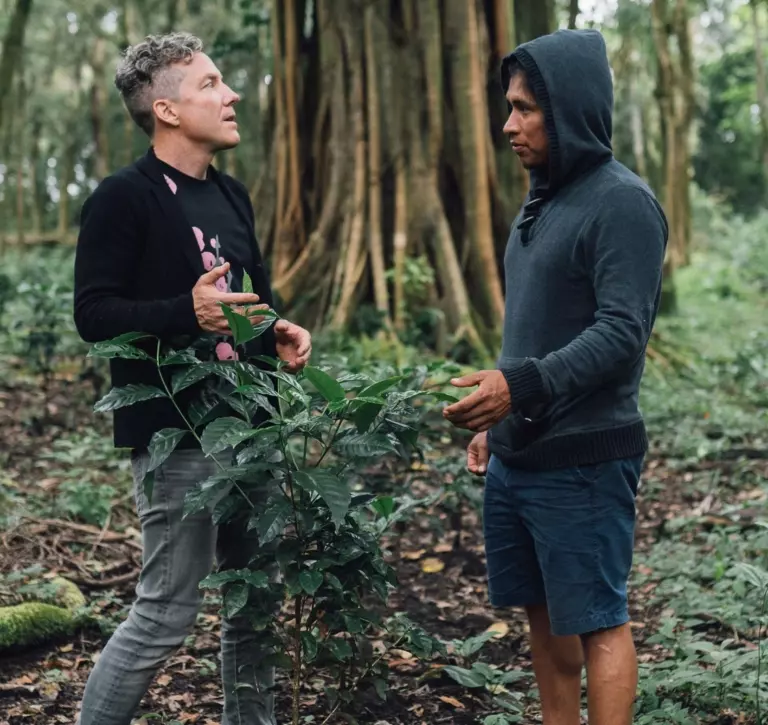2023 Greek BrC Winning Coffees
Ninety Plus is a coffee producer which has been transforming the coffee farming and marketing model since 2006. The Ninety Plus story begins in Ethiopia, coffee’s homeland, where its very first coffees produced by the hands of Founder Joseph Brodsky amazed judges in world competitions and created waves of change in the industry. The Ninety Plus special “natural process” coffees were shared with coffee growers in Panama beginning in 2007, and this initiated an overhaul of specialty coffee processing practices throughout the Americas.

Today, Ninety Plus applies its coffee reforestation model to more than 1,000 hectares of magical land in the western highlands of Panama. Its coffees have earned the world’s highest accolades and have been used to win 5 of the past 6 World Brewers Cup Championships.
Ninety Plus is defined by its continued state of evolution, each season advancing its vision for the coffee flavors and farms of the future while perfecting the Ninety Plus brand experience for a global audience.
Inspired by the thousands of heirloom Ethiopian coffee varieties growing wild in the understory of forest in their natural state, Ninety Plus began developing coffee estate farms in Panama’s best coffee lands in 2009, restoring forest and increasing biodiversity in the process.
